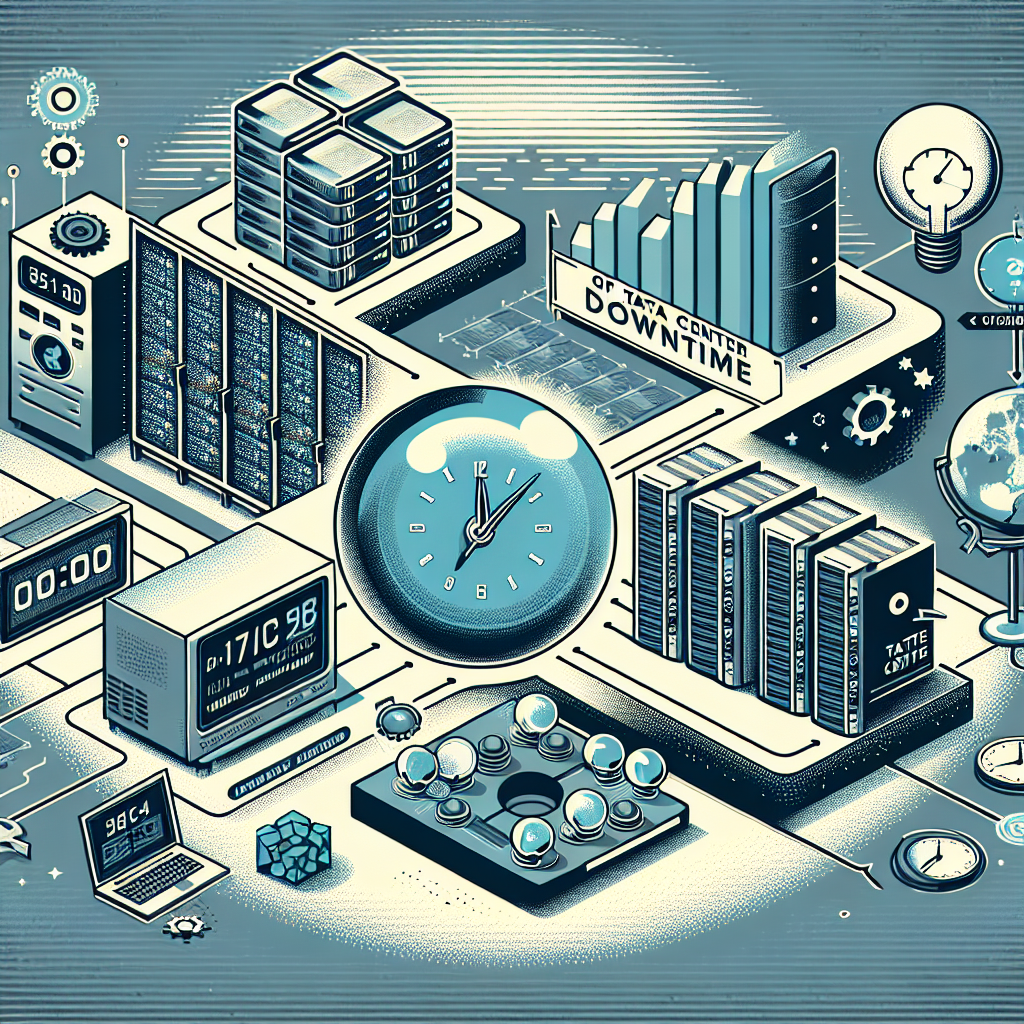Data centers play a crucial role in today’s digital world, serving as the backbone for storing, processing, and transmitting vast amounts of data. However, despite the advancements in technology, data center downtime remains a persistent issue that can have significant consequences for businesses and organizations.
The evolution of data center downtime can be traced back to the early days of computing when data centers were primarily housed in on-premises facilities. Downtime was often caused by hardware failures, power outages, and natural disasters, resulting in costly disruptions to operations. As technology advanced, companies began to shift towards colocation and cloud services to improve reliability and mitigate the risk of downtime.
In recent years, the rise of hyperscale data centers and the adoption of virtualization and software-defined infrastructure have further transformed the data center landscape. These advancements have enabled organizations to achieve higher levels of performance, scalability, and efficiency. However, they have also introduced new challenges in managing and preventing downtime.
One of the key trends in data center downtime is the increasing complexity of modern IT environments. With the proliferation of interconnected systems and applications, the potential for failures and outages has grown exponentially. This complexity makes it more difficult for organizations to identify and address the root causes of downtime, leading to longer recovery times and increased costs.
Another trend is the growing importance of data center resilience and redundancy. With the rise of mission-critical applications and services, businesses are placing a greater emphasis on ensuring continuous availability and uptime. This has led to the adoption of technologies such as failover clusters, redundant power supplies, and backup generators to minimize the impact of downtime on operations.
Looking ahead, experts predict that data center downtime will continue to be a significant challenge for organizations as they strive to meet the demands of an increasingly digital and interconnected world. Factors such as cyber attacks, human error, and natural disasters will pose ongoing threats to data center reliability and uptime.
To address these challenges, businesses will need to invest in proactive monitoring and management tools to detect and prevent downtime before it occurs. They will also need to implement robust disaster recovery and business continuity plans to minimize the impact of outages on their operations.
In conclusion, the evolution of data center downtime reflects the changing dynamics of the digital landscape and the increasing reliance on technology for business success. By staying ahead of trends and investing in the right solutions, organizations can minimize the risk of downtime and ensure the continuous availability of their critical data and services.


Leave a Reply